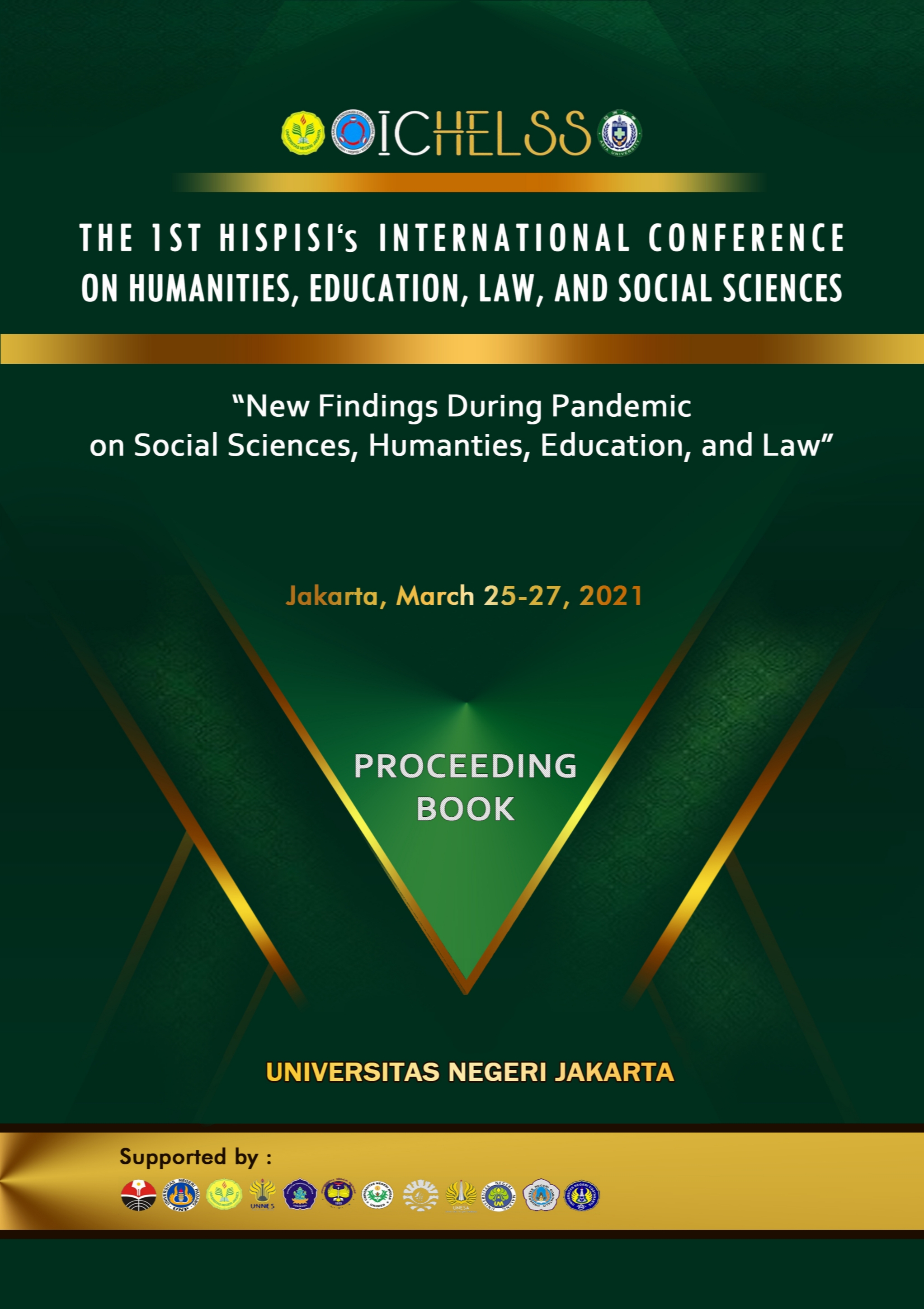Indonesian Government Public Relations in Using Social Media
Abstract
Abstract : The industrial revolution 4.0 has presented new media and having effects on public relations, including government public relations. They need to adapt utilizing new media according to their needs in carrying out their functions. Each country has a trend in using a particular social media platform. This study was to determine trends of social media in government agencies in Indonesia and how the role and function of public relations of government institutions through the use of social media.
This research was descriptive qualitative, with depth interviewed as collecting data method. The results showed that public relations at government agencies used social media since ten years ago. They used Instagram, Facebook, youtube and twitter. Instagram and Twitter social media are the most commonly used social media. The function of government public relations in using social media is only to inform constituents about the activities of government agencies and manage information internally for employees. Social media is used to carry out the government's public relations function as an information release, communicates every step, action, program and, policy to all levels of society to be understood. The use of social media by government institutions to carry out the function of information seeking seems less. The public relations role of government agencies in managing social media only as a communication technician. Public relations provide technical communication services for the organization while the decision is determined by another person or section in the organization.
Keywords : Social Media, Government Public Relations, Role and
Function of Public Relations


